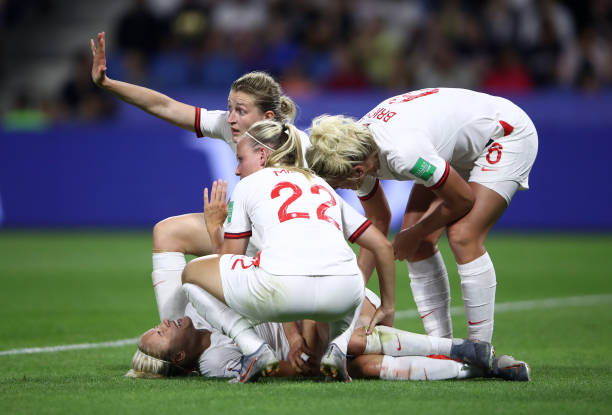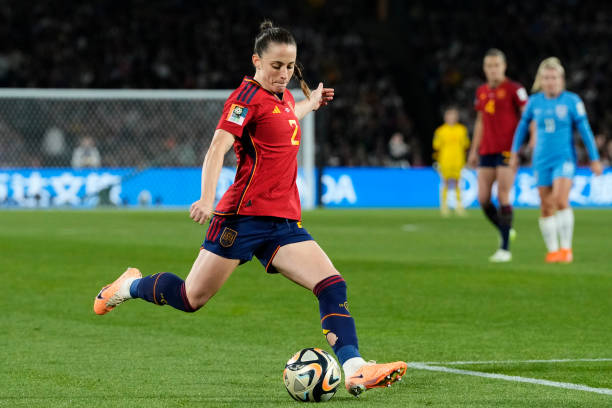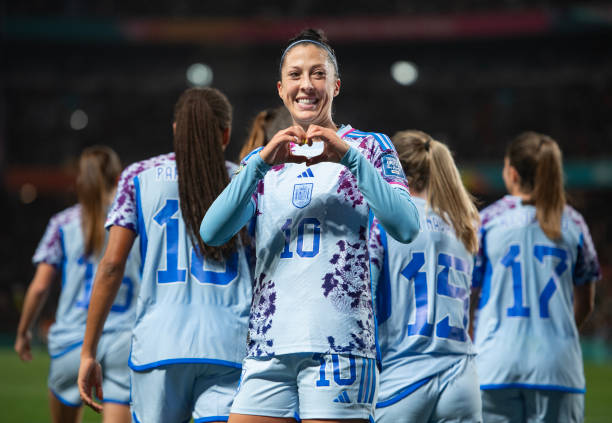
Beth Mead, the winner of the Golden Ball at this year’s Euros, and who was recently voted BBC Sports Personality of the Year, spent Christmas on crutches. So did her Arsenal teammate and romantic partner, Vivianne Miedema.
The woman that Mead finished runner-up to on the Ballon d’Or podium, Alexis Putellas of Spain and Barcelona, has similarly missed much of the 2022 playing season.
All three are the latest female footballers to have suffered ACL (Anterior Cruciate Ligament) injuries in recent times, one of the worst injuries a footballer of any kind can suffer. It can take anything from 9 months to a year to fully recover, and some who incur an ACL injury are never the same afterwards.
The ACL is one of the four major ligaments that stabilise the area around the knee joint, and its role is to prevent the sliding of the shin bone against the femur (thigh bone). A rupture of the ACL often happens after an awkward twist and is usually associated with a bent knee.
Mead and Miedema, with the World Cup on the horizon in seven months’ time, face a race to be fit in time.
While male players are not immune to ACL injuries, research has shown that women are six times more likely to sustain them.
The reasons for this are varied.
First of all, a woman’s ACL is much narrower than a man’s, which suggests that women are less able to handle the weight and intensity of a high-pressure sports environment.
In addition, women have broader gaits, with wider hips, which increase the angle where the femur joins the knee, making it more susceptible to rupture.
There are also biological factors at work. Studies have shown that the majority of ACL injuries occur while a woman is in the middle of her menstrual cycle, and the hormones that are produced during this phase make the knee structure laxer
Fatigue may also play its part, especially at the amateur level, where players do not have access to club doctors and nutritionists. Athletes need to make sure that they have a balanced diet, that includes enough protein, vitamin C, fiber, and calcium.
Females are less adept when it comes to jumping, and landing with less flexing of the hips, which puts more stress on the knees, which could also be to blame.
The design of the football boots could also be a factor, especially if they were not made with female athletes in mind. Women move and run in a different way than men, but the length of studs on boots are designed to aid male movement and traction, meaning that there is an increased risk of women getting a boot stuck in the ground.
Finally, there is the factor that the women’s game is faster and more developed than ever, which, for the top players, means a greater workload than ever. At least for some of them, the added strain is too much for their knees.

Must See
-


Champions League
/ 10 months agoChampions League – Matchday 2
Almost in the blink of an eye we reached the second day of the...
-


Premier League
/ 10 months agoThe bad start for Poch’s Chelsea
Since Todd Boehly’s arrival as club owner in the summer of 2022, Chelsea have...
-


Premier League
/ 10 months agoJadon Sancho’s feud with Erik Ten Hag continues
Manchester United winger Jadon Sancho’s time at Old Trafford has been torrid, to say...



